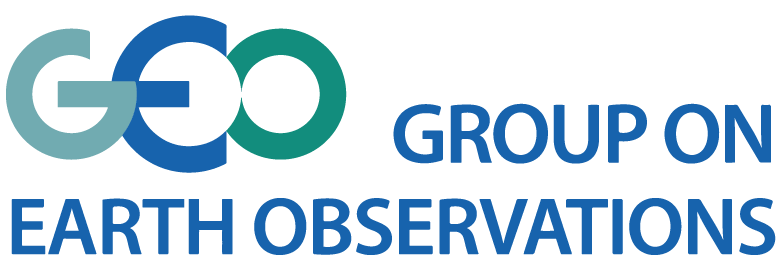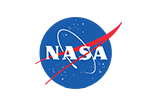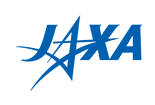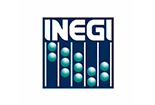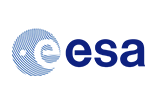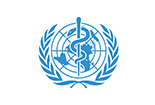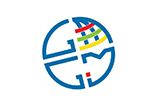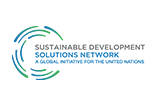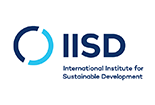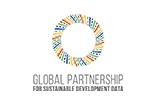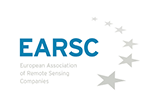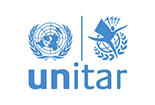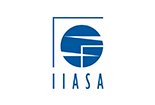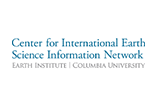ARSET Application of Earth Observations for Assessing Waterborne Disease Risk Training: 25-27 March
Waterborne diseases such as cholera, diarrhea, hepatitis A, typhoid, and polio are caused by contaminated drinking water and poor sanitation. Inadequate management of urban, industrial, and agricultural wastewater worsens water quality in water bodies, introducing chemicals and exacerbating growth of pathogens in water. Every year, waterborne diseases are responsible for approximately one million deaths, the majority of which are children under the age of five. For improved availability of safe drinking water, it is necessary to monitor and manage watershed processes (e.g., rainfall, land use, runoff) and water quality in coastal regions, streams, and lakes for harmful pathogens and sediments. Globally available satellite observations have been found useful for monitoring temperature, sediments, and phytoplankton in water bodies as indicators of waterborne diseases. Also, flooding and pathways for waterborne diseases are studied using satellite observations. Satellite data are also used in disease (e.g., cholera) prediction models.
This two-part training will focus on describing and accessing remote sensing observations useful as water quality indicators of waterborne diseases, and will present case studies where remote sensing data are used to assess the likelihood of cholera outbreaks.
Click here to learn more and register for the virtual trainings.

